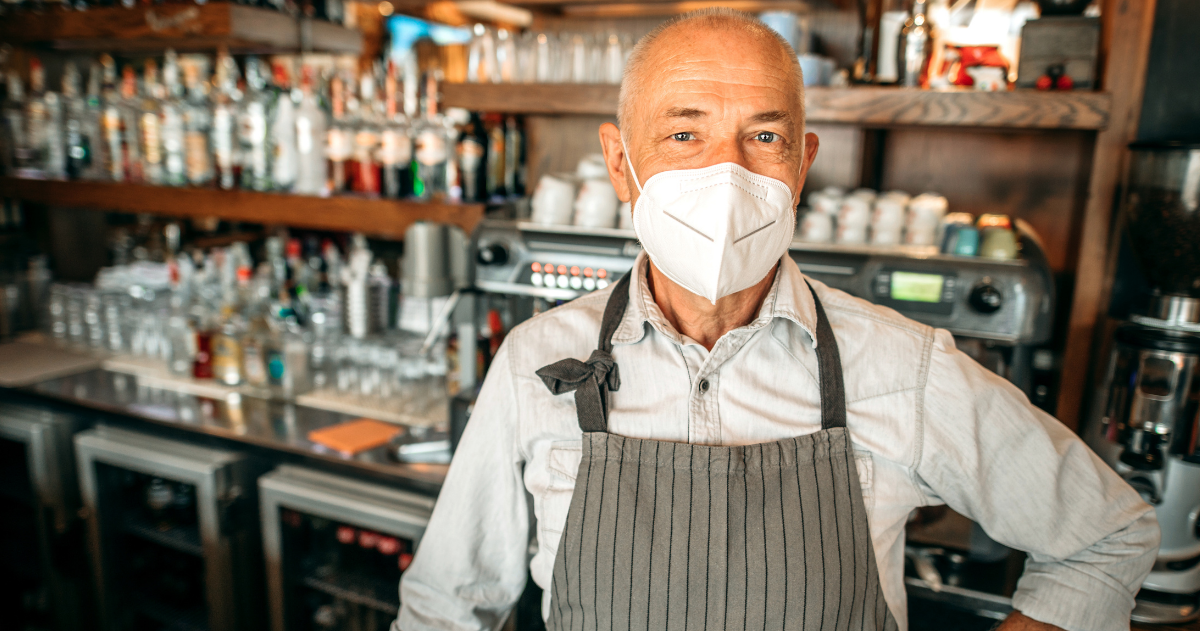
These are challenging times for the foodservice industry and challenging times call for strong leaders. Whether you manage a small kitchen team, or a full roster of front-of-house wait staff, your employees need to know that you care and that you’ll support them as the sector adjusts to the new normal.









